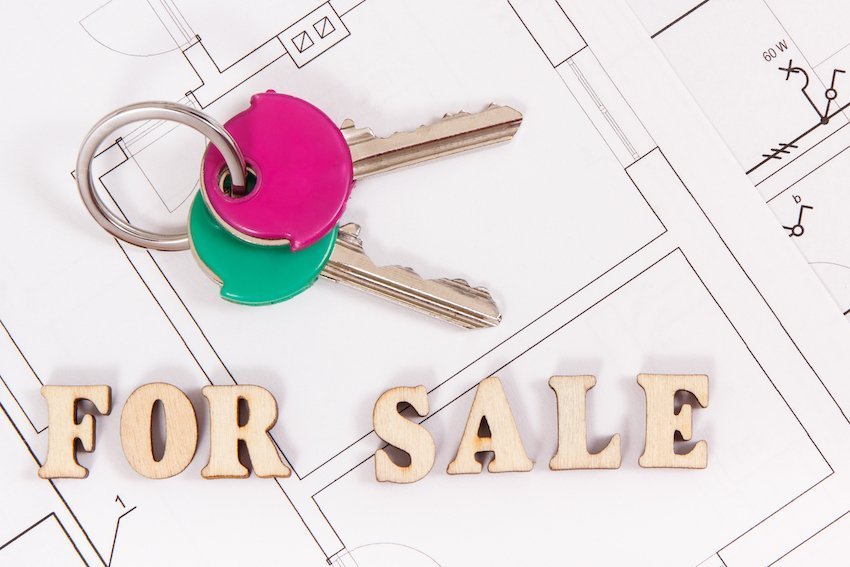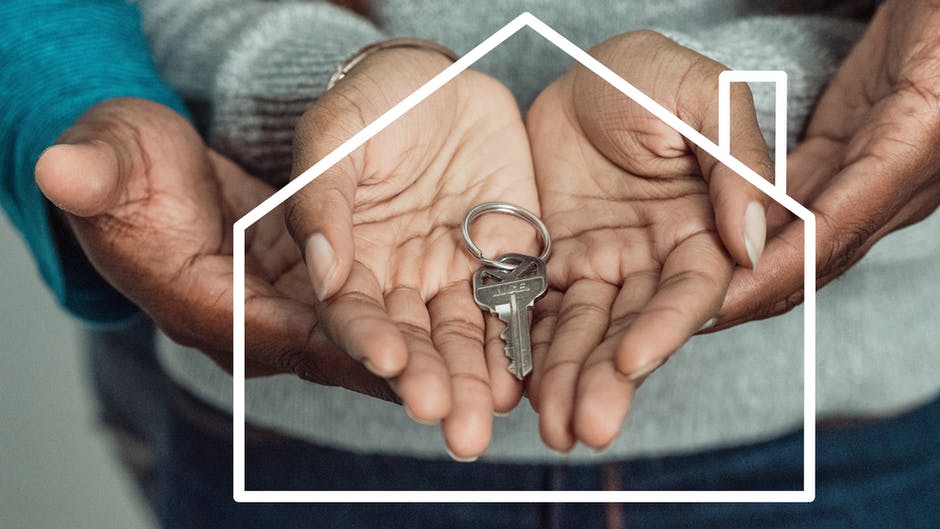First-time homebuyers made up 31% of those making home purchases in 2020. In a hot housing market, that means many US citizens were making the American dream come true.
Buying a home is not an easy process, but can be especially challenging during a competitive housing market. Not everyone can make that dream a reality without some help.
In return for your service, the Department of Veterans Affairs offers some assistance to those who are serving or have served in the military.
Read on to learn more about the VA loan and how it could help you be a first-time homebuyer.
What Is a VA Loan?
A VA loan is a type of mortgage a first-time homebuyer can secure if they have a military affiliation. The VA loan applicant must be active military, a veteran, or a qualified spouse.
The mortgage can be used to:
- Purchase a home
- Purchase a condo if the building is VA-approved
- Build a home
- Buy and improve a home
- Make energy-efficiency improvements to a home you already own
- Purchase a lot and/or a manufactured home
- Refinance an existing loan
The VA loan is not given to you by the Department of Veterans Affairs. Instead, the loan is guaranteed by VA to the lender making it easier for the lender to offer the mortgage.
How Do VA Loans Work for Residential Real Estate?
Since Veterans Affairs doesn’t actually give the loan, you need to find a lender who is willing to give a VA loan. Private lenders each have their own mortgage loan criteria, so it will vary from lender to lender and it’s important for you to shop around.
The VA does encourage any lender that participates to help the Veteran secure a loan. The government will secure a portion of the loan.
You should first go to the VA and fill out paperwork. This paperwork will be how you show the private lenders that you qualify for a VA loan. The VA will identify your entitlement, which is the amount they’re willing to guarantee.
VA Loan Eligibility
Before you go to a lender, it’s necessary to check your eligibility for the VA loan. Veterans Affairs does have requirements you must meet before they will issue the entitlement you need to get approved by your lender.
These requirements are:
- You are on active military duty currently.
- You are a veteran who’s been honorably discharged.
- You are a veteran who’s met their minimum service requirements.
- You served 90 consecutive active days (at least) during wartime
- Served at least 181 consecutive days of active service during peacetime
- Served for more than six years in the National Guard or Selective Reserve
You may qualify for a VA loan if your spouse died in the line of duty.

How Is a VA Loan Different Than a Traditional Mortgage?
While you still go to a traditional lender to get your VA mortgage, this type of mortgage is different from a traditional mortgage. Let’s take a closer look at VA home loan benefits and how this type of loan is a little different.
Down Payments
One of the nicest features of a VA loan is that they often don’t require a down payment. Often if you meet the criteria for a VA loan, you aren’t likely to need a down payment either.
One exception is if you are paying more for a home than what it appraises for. In some situations, the lender may also require a small down payment.
Credit Scores
For many potential homebuyers, worrying about their credit score is a big part of the home buying process.
The VA doesn’t have any minimum credit score requirements to get a VA loan. Having said that, most lenders do have minimum credit score requirements.
Like a traditional mortgage, the better your credit score, the better the terms you’re likely to get for your mortgage.
Insurance Requirements
When you seek a traditional mortgage and don’t put at least a 20% down payment, the lender will require you to get private mortgage insurance or PMI. This provides an insurance guarantee to the lender since there’s a limited down payment.
When you seek a VA loan, you won’t have to pay PMI insurance, which can be big savings for you. Your lender won’t need PMI since the VA guarantees the loan.
Funding Fee
One thing to know about the VA loan is the funding fee that’s required by the VA. This is paid to Veterans Affairs as a processing fee. The rate you pay can be wrapped into the mortgage, but then you’ll pay interest on the amount for the life of the loan, greatly increasing what you pay.
The amount you pay is based on the type of loan you secure. Most people pay a 2.3% funding fee. But the funding fee can range between 0.5% to 3.6%.
Closing Costs
One consideration for all homebuyers is the amount of money you’ll need for closing costs. The VA does limit the amount a homebuyer can be charged for closing costs.
Most VA loans pay around 3% in closing costs.
Debt-to-Income Ratio Requirements
One consideration for lenders is the amount of debt you have including your mortgage. This is called the debt-to-income ratio. The VA does not have debt-to-income ratio limits, however, you will need to prove you have the funds to pay the mortgage.
In most cases, the VA won’t want you to have a debt-to-income ratio higher than 41%.
Occupancy Requirements
The VA does require you to live in the home you buy with the VA loan. It should be your primary residence, not a vacation home or an investment property.
First Time Homebuyers Using a VA Home Loan
The VA loan program helps many first-time homebuyers fulfill the American dream of homeownership. Seek information from the VA about your eligibility and get your entitlement for your lender.
If you’re ready to find your perfect first home, we can help. Contact us today to begin your home search.



































